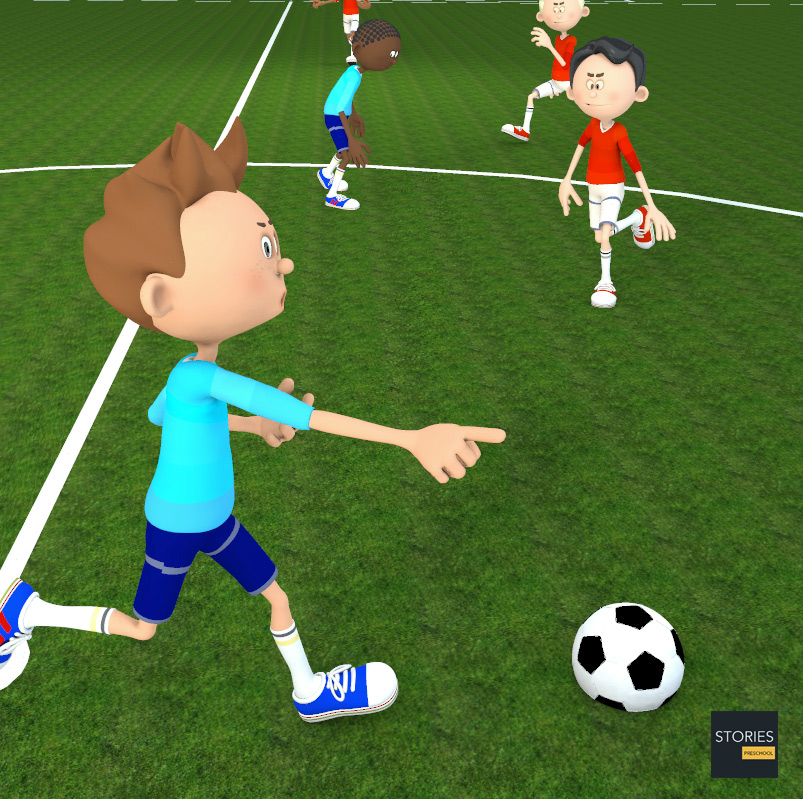Soccer

Centre Midfielder
Central midfielders provide a link between defense and attack, fulfilling a number of duties and operating primarily in the middle third of the pitch. They will support their team's attacking play and endeavour to win the ball back on defense. A central midfielder is often an important initiator of attacks and can be sometimes described as a "playmaker." They will also offer an additional line of defense when the team is under sustained attack and when defending set pieces. Central midfielders are always busy in a game and are often therefore sometimes described as the engine room of the team.

Their central position enables them to have an all-round view of the match. Since most of the action takes place in and around their area of the pitch, midfielders often exert the greatest degree of control over how a match is played. It is often said that a match is won or lost in midfield, meaning that whichever team dominates the middle area of the pitch is able to dictate the game. A central midfielder is expected to have good vision, be adept at long and short passing and have great stamina because of the ground they cover in a game. They also need to be good at tackling to win the ball back.
Over time two additional central midfield roles have developed from the standard role, though their duties have a degree of overlap. These are the attacking midfield and defensive midfield roles and are explained in the sections below. Depending on the team's tactics a combination of all three roles may be deployed in midfield. Sometimes a central midfielder will be used in a wide midfield role to provide width or as cover.
SPORTS

RESOURCES
This article uses material from the Wikipedia articles "Association football" and "Association football positions", which is released under the Creative Commons Attribution-Share-Alike License 3.0.
© Stories Preschool. All Rights Reserved.












